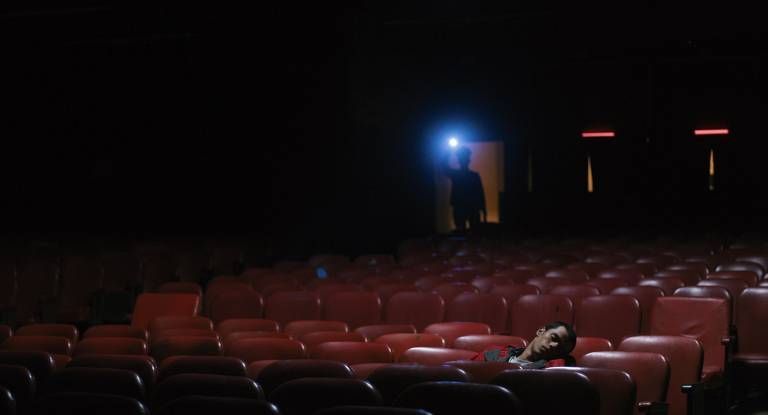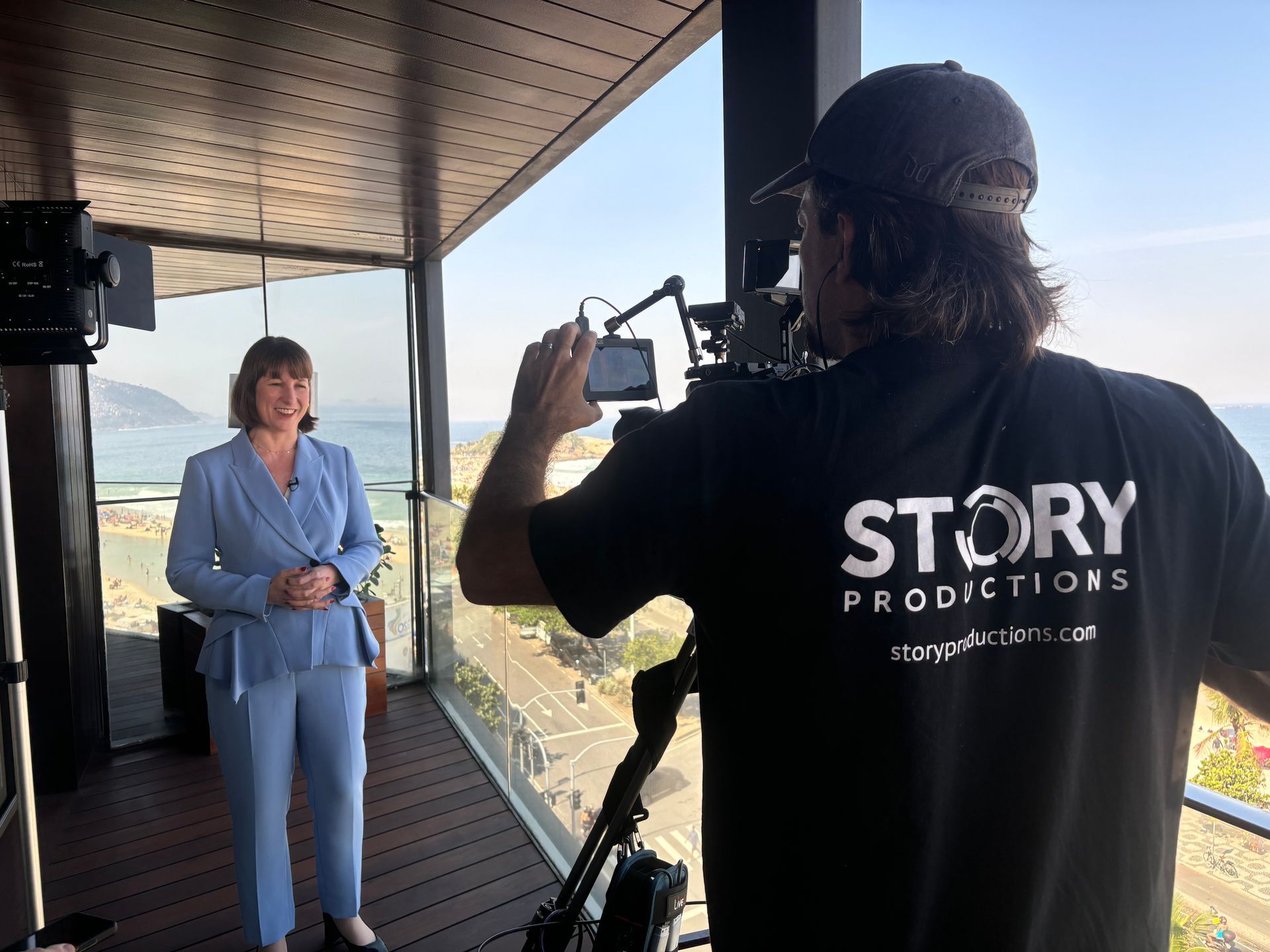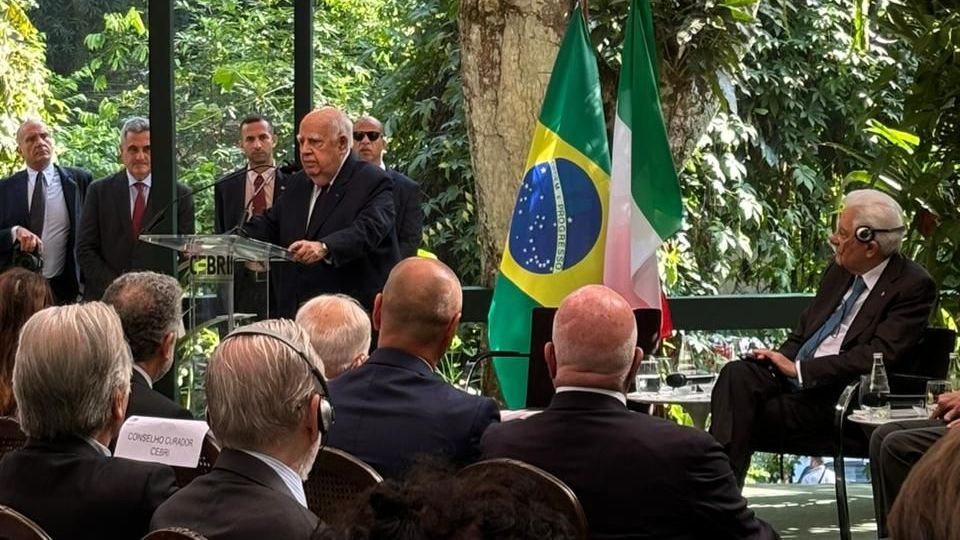Filming Brazil: My Life-Changing First Journey (Part 1)
From Fear to Film: A Filmmaker’s Brazil Diary
February 8th, 2005.
I stepped off the plane at São Paulo’s Terminal 2, camera straps crisscrossing my chest like a makeshift harness, tripods swinging from each hand. My mind buzzed with fevered expectations: favelas stretching to the horizon, the air pulsing with a relentless tamborim pulse, menace quickening every step.
How Did I Get Here? Where Did I Get This Idea?
Rewind.
For some reason, my eyes always skipped this corner of the world during my studies—a deep, irrational fearful disinterest. It stayed a blank spot on my mental map. The internet in 2005 was a patchy oracle, and since we’d greenlit our Brazilian project, I’d been too buried in logistics—millions of details for this sprawling expedition—to dig deeper.
Now that the airfares were booked, I strolled from our office in Poland Street, grabbed my daily soup at Wong Kei, and wandered to the Curzon, my Soho cinema haunt where films cost one pound to watch. A Brazilian film festival was on: Cidade de Deus (2002), and Bus 174 (2002) back to back.
I emerged dazed, stars and question marks swirling: it seemed a frenetic, gunshot-riddled sprawl.
Thankfully Orpheu Negro (1959), a lyrical fever dream softened the blow. Though these films painted a chaotic picture, the project’s allure was irresistible—airfares were booked, and there was no turning back. These three film projections, formed in mind my own imaginary private Brazil, a chaotic canvas, beauty and peril tangled in an endless samba. Too late now to pull out—the stakes were now too high.
The Journey Begins
The journey began in London, 4 a.m., bleary in a black cab’s leather womb. Motorway lines flickering past, a hypnotic reel unspooling beneath us. A premonition crept in: I had the feeling that I would never really come back. Destiny whispered through a quiet hum beneath the roar of the plane’s engines, flying across the Atlantic.
Landing in São Paulo late that February afternoon, a warm, muggy breeze swept over me, thick with the faint whiff of jet fuel and a trace of drizzle in the air. England’s dry, biting cold vanished in an instant—this sudden shift jolted my senses, sparking paranoia as we cleared customs. I edged along the airport walls, gear gripped tight, half-expecting a mugger to leap from my imagined favela-scape.
But outside, a grey city loomed under a restless, cloud-streaked sky, its humid pulse shattering my delusions. Multi-lane motorways roared, a megalopolis of towering ’70s and ’80s buildings and relentless traffic humming with purpose. This wasn’t the Brazil I’d conjured—it was something grander, messier, greyer and alive in ways than I had dared dream.
The Crew: A Cast of Characters
I wasn’t alone on this odyssey. My crew was a kaleidoscope of experts in their fields, each a brushstroke in our Technicolor tale.
- Delphine Lumb, childhood friend turned assistant, hauled tripods and editing gear with the grace of someone who’d already cracked Brazil’s code—she spoke fluent Portuguese, having lived here years before, and giggled at my wall-hugging antics. Delphine was our remote producer/stringer who would organise logistics and line up the interviewees.
- Lisa Barron, an American reporter hardened by Iraq’s dust and chaos, had shaped our CNBC pitch with a newsroom pro’s ease, her war-zone edge simmering beneath a cool exterior.
- Bob Nadkarni, our Rio-based fixer, a man stitched from cinematic lore. English-born, he’d sculpted for Kubrick’s 2001: A Space Odyssey, honed his craft as a soundman at Cinecittà—mastering mics and lapels while picking up passion and Italian from starlets—then washed up in Salvador when his boat stalled amid Carnival chaos under Brazil’s military rule. Kicked out once, he returned after braving Lebanon’s civil war as a correspondent, now reigning over The Maze, a Gaudiesque fortress atop Rio’s Tavares Bastos favela.
- The linchpin? My father, Professor Jonathan Story, INSEAD academic and budding opera singer. His grand lecture tour, dissecting China’s emergence and its effect on Brazil, was our golden ticket, orchestrated by my brother Alex with Fundação Dom Cabral’s backing—hotels, flights, and all—plus the Teutonic patronage of INSEAD alum Bernd Rieger.
- Alex (6’8”, 130 kilos), the dealmaking giant back in London. Dad, the chairman with the geopolitical vision; and me, the unpaid intern doubling as producer, cameraman and editor.
- Heidi, my mother, arrived mid-trip—unannounced, stepping into the role of the Professor’s impresario. It yanked me back to childhood piano and cello lessons, her shadow looming behind the door, expecting half-hour sessions of non stop practice. This time Heidi was giving tips on how to film and produce. Family firms: have you tried it?
Story Productions, our fledgling family outfit and our quickly assembled crew hitched along the tour.
The Mission: Capturing Brazil’s Pivot
Our quest?
A three-part series for CNBC’s World Business program, crisscrossing Brazil for what was supposed to be a month—São Paulo, Brasília, Belo Horizonte, Santa Catarina, and Rio.
The heart was a story that had already hooked me back in London: how China’s meteoric ascent was rewriting Brazil’s fate.
It was China Brazil Fever: Brazil’s exports to China soared 500% from 2000 to 2003, hitting $9.1 billion by 2005, feeding China’s hunger for soybeans and steel while Chinese investments flowed into telecoms and energy.
Yet, our report warned of risks: an over-dependence on China, and the danger for Brazil to grow as a commodities exporter at the expense of its manufacturing potential and other value-added sectors.
Domestically, Brazil grappled with a complex tax system (61 taxes!), the world’s highest interest rates, and an overvalued currency, all crying for reform. Yet, with over 5% growth, Brazil’s potential dazzled—a future ripe for the taking or so it seemed at the time.
That film was my spark. A year prior, we had filmed Dad’s 15-minute green-screen opus on China’s rise, animations and all, for Fundação Dom Cabral. The standing ovation it earned landed us the tour invite. Alex’s then two-hour legendary Brazil call—“the country of the future!” he roared—sealed it. Where Europe handed us Nos (NO, NON, NEIN) Brazil said Sim! (more on this in another newsletter).
The Road as Film School
We hit the ground running, interviewing ministers, CEOs, Chambers of Commerce analysts, business leaders, too, filling our frames, their voices weaving a narrative of a nation teetering on greatness.
Lisa and Bob turned shoots into a masterclass—three-point lighting, pristine sound, the art of lavalier mic placement, the works. I’d cut my teeth on gun-and-run docs in China—small, scrappy films about artists and business videos—but this was different.
This was my first broadcast piece. Urgent, structured, it was film school sans tuition, Bob and Lisa my rogue mentors.
Two side stories fleshed out the trilogy:
- Brazil tech, a glimpse on innovation and ingenuity amid the commodity surge
- And last but not least, the final piece on
Gilberto Gil, who had a role to play in the extension of my stay under the tropics
"Brazil: China Fever" for World Business Report (CNBC) aired in 2005 and was the first news report produced by Story Productions.
A Journey’s Lasting Echo
That first trip, meant to last a month, stretched to two, and became a one-way expedition. I’d arrived green, paranoid, a story-chaser; Brazil snagged me for good.
The China Brazil Fever’s conclusions turned into prophecy
China’s pull was real: by 2023, China gobbled 30% of Brazil’s exports, a $104 billion lifeline (Trading Economics).
The hurdles? Stubborn as ever (World Bank, 2023). Brazil remained a prisoner of its political maze, and of past decisions that keep the country with one of the highest interest rates in the world and timid reforms that keep it as one of the most challenging countries to do business in.
However, Alex’s “country of the future” roar rang true—Brazil’s future hasn’t yet arrived, but it certainly became the country of my future.
Stay tuned for part two: chasing Gilberto Gil across Brazil and France, tracking China’s deepening mark—and the moment Heidi saves the day.
Share this story:
Get the latest news straight into your inbox!
Contact Us
Read another story













